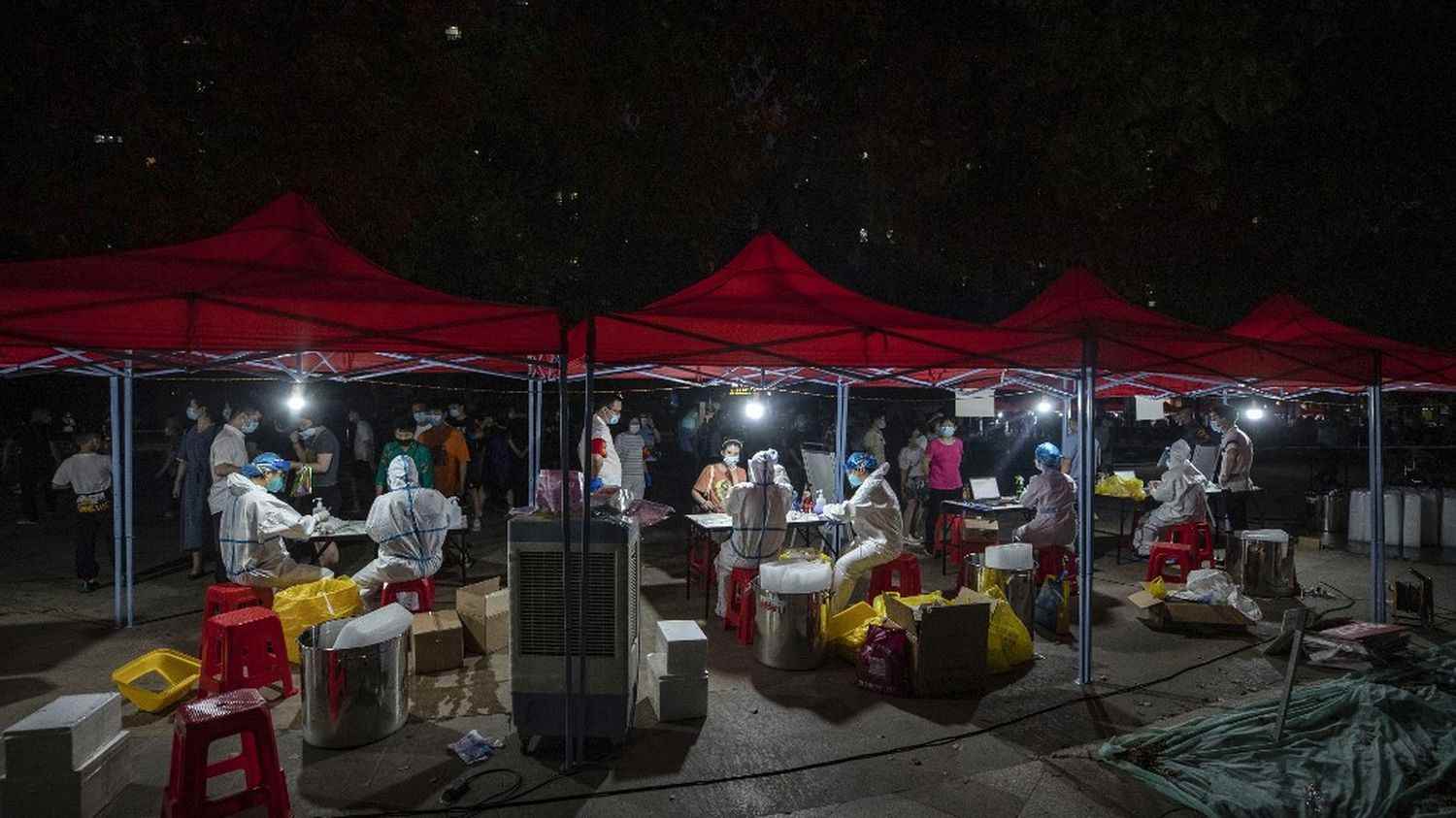It all started at the Wuhan market. Two studies published on Tuesday July 26 in the prestigious journal Science conclude that the Covid-19 pandemic started in the market of the city of Wuhan (China).
The first study (link in English) is a geographical analysis showing that the first cases detected in December 2019 were concentrated around the market. The second (link in English) is a genomic analysis of the virus from the first cases, showing that the virus is very unlikely to have circulated widely in humans before November 2019.
“There is this general feeling that there is no information that can tell us anything about the origin of the Covid-19 pandemic, it is simply not true”commented Kristian Andersen, of the Scripps Research Institute and co-author of one of the studies. The debate has raged since the start of the pandemic between experts, who are still seeking, almost three years later, to discover the origin of the virus.
One of the authors of these studies, Michael Worobey, a virologist at the University of Arizona, had signed a letter in 2021 calling for serious consideration of the hypothesis of a leak from a laboratory in Wuhan. But the data analyzed from the“have evolved”. “Today, I also think it is implausible that the virus was introduced in any way other than through the animal trade at the Wuhan market”he said at a press conference.
“Have we disproved the lab leak theory? No. Will we ever be able to? No. But I think it’s important to understand that there are possible scenarios, and probable ones. And that ‘possible’ doesn’t mean ‘just as likely’.”
Kristian Andersen, co-author of one of the studiesat a press conference
The researchers analyzed samples taken from the market in January 2020, for example from a cage or carts. Their analyzes show that the samples positive for Sars-Cov-2 were concentrated in the south-west of the market, precisely where live animals were sold (including raccoon dogs, a species of badger, foxes, etc.). The animal that would have acted as an intermediary between bats, carriers of this coronavirus, and humans has not been identified.
The first study analyzed the places of residence of the first 155 cases identified in December 2019. The researchers showed that these cases were concentrated around the Wuhan market, unlike those recorded in the following months, which coincided with the neighborhoods in high density, showing the spread of the virus.
Moreover, among the cases studied, people not directly linked to the market lived closer to it than those working there or having recently visited it. This indicates that they were probably infected due to their proximity to this place. Scientists stress that it is important to understand where the animals sold in the Wuhan market came from, in order to minimize future risks. “Pandemics don’t require someone to be responsible, but they do require that we understand them”underlined Kristian Andersen.
